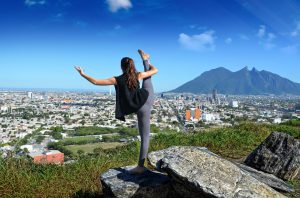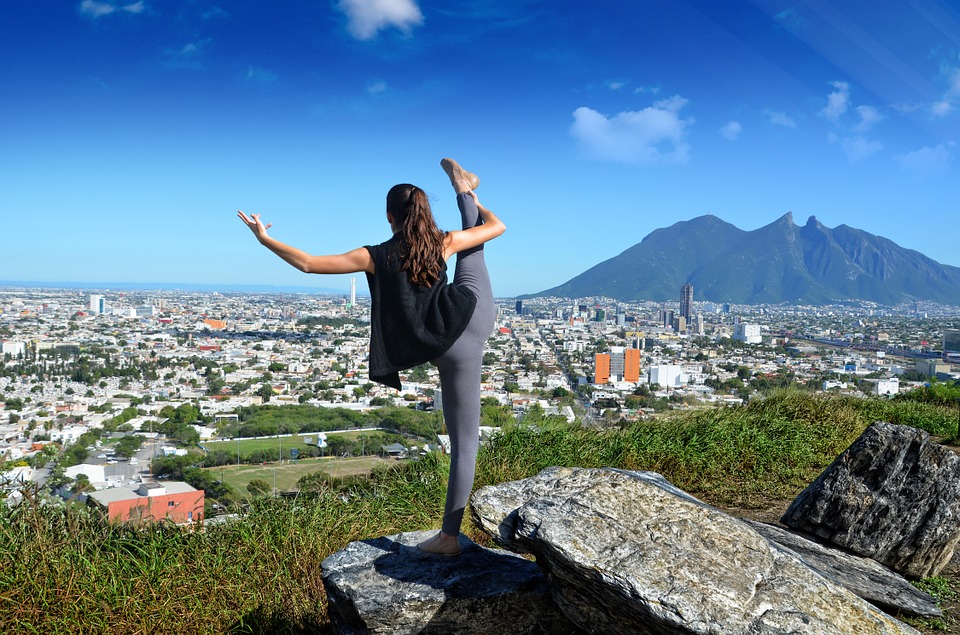Ballet strength exercises are really important if you are a dancer.
Having a strong body is very important in your ballet dancing because a body without strength won’t be able to hold itself up, let alone move with grace. Having strength means more than the ability to pick up heavy weights. Strength in your body defines your presence, enables and empowers you.
Having a strong and flexible body will also guard you against injury in your ballet training and dancing. A strong body can only happen with lots of training and by incorporating ballet strength exercises into your routine.
Ballet Strength Exercises
One way to improve your ballet strength is to purchase yourself a program or a kit, like the ones below to motivate you to work on your strength.
Tendu Toning Ballet Barre workout combo kit
The Tendu Toning Ballet Bar Workout Combo Kit is a fusion of ballet and strength training. It is a total body workout that lasts an hour and is great for any dancer to do on the days they aren’t dancing to build their strength.
The kit includes a DVD, a small pink Pilates Ball, a strong resistance band and two durable double sided gliding disks.
The workout itself is designed for all levels with various modifications for stronger dancers. The kit was created by a professional ballerina and personal trainer.
The arabesque, grande battements, and second position pliés are just some of the fun ballet fitness moves you will perform with this workout. A simple ballet step called an attitude when combined with weights and repetitions, is one example of how the Tendu Toning method is designed to give you long, lean and toned muscles. Tendu Toning provides a workout like nothing you’ve ever experienced before.
Release that inner ballerina in you and transform your body into what you’ve always wanted it to be.
Ballet Barre Stretch & Strength

This DVD is a perfect barre workout with great ballet strength exercises for beginners as well as advanced dancers.
Finis Jhung, the creator, first shows and explains each exercise in detail:
- he tells you why it is important,
- breaks it down count-by-count,
- and then shows you how to do it.
The exercise is then demonstrated on both sides and then repeated again. All the while, Finis is on camera making pointers and coaching. The barre progresses and advances slowly and methodically, gradually increasing in intensity, speed and range of movement. This is a comprehensive workout for the entire body (and mind): beginners will learn the essential ideas of the ballet movement process while advanced dancers will be reminded of the often-neglected basics that make the difference. Welcome to the Finis Jhung Ballet Technique!
The ballet strength exercises include:
- Rise, stretch;
- Plié, stretch;
- Tendu side, stretch;
- Tendu front & back, stretch;
- Foot pushes, relevé & balance;
- Work the demi-plié,
- retiré balance;
- Work the plié-relevé,
- retiré balance,
- spot;
- Degagé,
- petit passé-plié,
- stretch;
- Rond de Jambe par terr and en l’air;
- fondu;
- plié-relevé,
- pirouette from 4th;
- Dégagé-plie,
- pas de bourrée,
- pirouette from 5th;
- Grand battement & fondu front & back, attitude-arabesque penchée;
- Developpé & grand battement side, frappé,
- petit battement;
- Fondu relevé en croix, stretch.
BONUS: Interview with Melissa Elstein. SPECIAL FEATURE: Play the video in 3 modes: Full Class, Individual Exercises, or Workout Mode where you can play the video without instruction
SPECIAL FEATURE: Play the video in 3 modes: Full Class, Individual Exercises, or Workout Mode where you can play the video without instruction.
Because ballet is a strength workout in itself, this DVD is a great addition to any dancer’s collection.
As with stretching, the process of getting a stronger body requires you putting your muscles through their various paces using mental as well as physical focus. When you do a specific exercise, you must learn to actively engage your attention to the exercise at hand and feel how your body is responding. This approach will give you better results than haphazardly running through the exercises. The way that you visualize a movement has a profound effect on its execution. It helps to think of mental images to get the technique of an exercise right.
For instance, if a dancer is stretching her leg, she doesn’t just think to herself ‘stretch my leg.’ She imagines her leg is growing longer and extending up to the heavens. This can make a huge difference to the way the leg looks from looking stunted and stiff, to looking long, elegant and elongated.
A lot of your body strength comes from your abdominal muscles and your core. These muscles have to be worked constantly, by being lengthened and then contracted. Dancers have to visualize lifting up their abdominal’s in order to keep them strong and thus help to support the lower back.
As a ballet dancer, your strength is the key to power, endurance, and control. Take a grande jete for instance. To get it looking effortless takes a tremendous amount of muscular strength. Most ballet dancers aren’t particularly interested in developing large bulky muscles and are continuously striving for a streamlined look. This is gained by doing exercises that work with the weight and force of their bodies against the push and pull of gravity.
Strengthening broken down is the shortening and then contracting of the muscles. This is codependent on stretching, and your muscles will be healthiest when you balance strength and stretching. A lot of this combining happens during the course of your classes. When you do a grande battement, for example, you strengthen the quads and at the same time stretch the hamstrings. While one muscle group relaxes, the other contracts.
If you do frequent and careful stretches within your strengthening routine, you not only gain flexibility, you will also starve off injury and increase your ability to respond quickly and efficiently to the demands of classical ballet.



